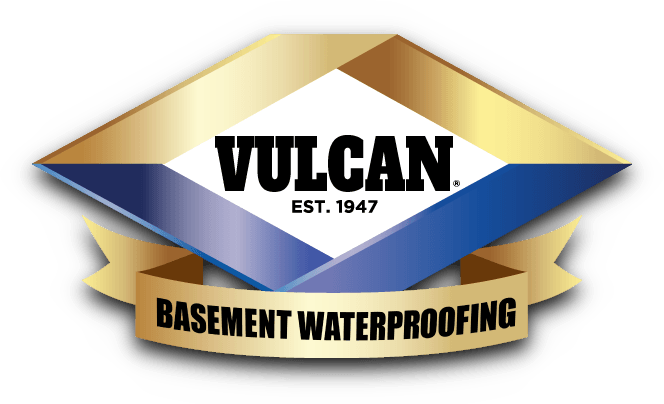The majority of basements in America are made of concrete, which support one third of the floorspace in homes. These are usually the place for storage, laundry, gyms, home theater, guest room or libraries.
While concrete remains a common choice for flooring due to its high durability, some people go with the less common types such as vinyl, ceramic tile, carpeting, laminate, cork, and linoleum. (About, 2014).
The common isn’t always the best. Concrete basement flooring brings challenges to many home owners. It produces moisture and high humidity that result to too much water vapor entering through the slab and foundation walls (BobVilla, 2014).
It’s also believed that mold and similar allergens grow in floors that are made of organic material.
A radon specialist claims that there are fifteen to eighteen gallons of moisture in an average-sized basement every day that causes mold and mildew growth, musty smells and damage to accessories. A damp environment also causes health problems such as allergic rhinitis, cough and other bacterial diseases.
In situations like these, basement waterproofing becomes your best option for long-term maintenance. You can either seal concrete floor cracks, apply epoxy paint or perform both techniques.
Sealing Basement Floor Cracks
Use a waterproof sealing paint when sealing floor cracks. Begin the process by cleaning the floor. Then, search for cracks and holes. Sweep the sides of the cracks using a wire brush. Make sure you remove loose concrete (DoItYourself, 2014).
For a concrete basement floor to be waterproofed, the cracks should be patched thoroughly. The instructions in the concrete bag will tell you how to use the drill with the mixing attachment until the concrete yields a consistency of oatmeal.
After mixing, fill the cracks and holes. Then, use a trowel to spread it evenly. Finally, you’ll wait for the concrete to dry before applying sandpaper.
Paint the Crack-free Basement Floor
It’s best to paint a basement floor with an epoxy paint. Epoxy is an excellent waterproofing paint for a basement that is used for recreation, workshops and garage (HGTVRemodels, 2014).
Water-based, solvent-based and 100% solids are available in range of colors including red, brown and ivory.
Water-based epoxy paints are commonly used in concrete floors. It’s also used in commercial establishments such as hospitals, schools and restaurants. It allows you to save time in application because you’re not required to mix and measure. Cleanup is easy and fast too.
Solvent-based epoxy paints are applied in areas with cooler temperatures and higher humidity. It’s best known for its ability to tolerate petroleum contaminates that are found in concrete surfaces (AllGarageFloors, 2014).
These epoxies are slightly glossier and more durable than water based epoxies; however, its volatile organic compounds (VOCs) are high that it can’t be used indoors.
A 100% solid epoxy provides thicker and dry film coating. It’s considered as the best waterproofing paint for a basement garage due to its no water-solvent content.
All these epoxies provide necessary durability. You can immediately notice its thick and hard appearance once it dries, transforming your basement into a hub of entertainment for all family members to enjoy.
Other ways of preventing basement moisture are basement insulation, installation of perimeter drain, installation of monitor sensors and proper landscaping (HGTVRemodels, 2014).
Of course, a free inspection from Vulcan can’t hurt either… afterall, we’re not just in the waterproofing business, but we invented it!
